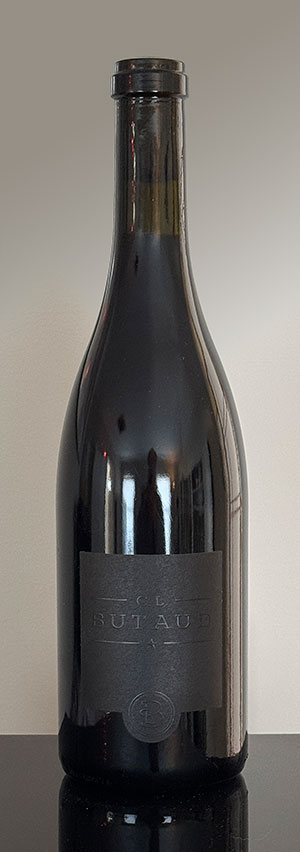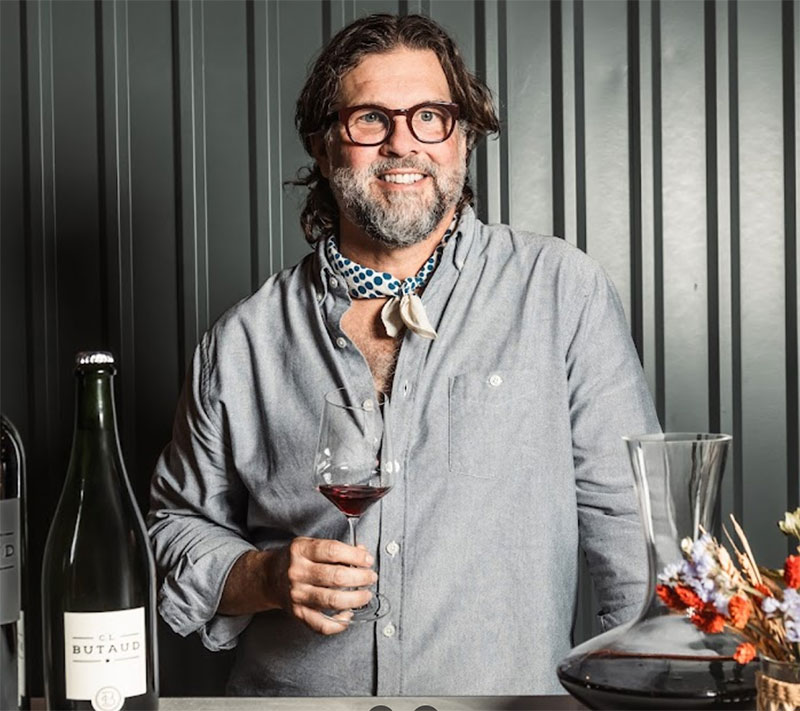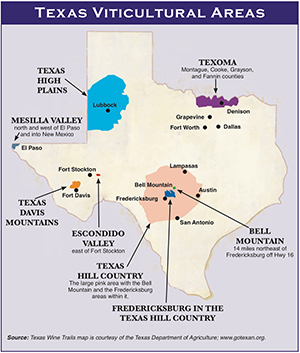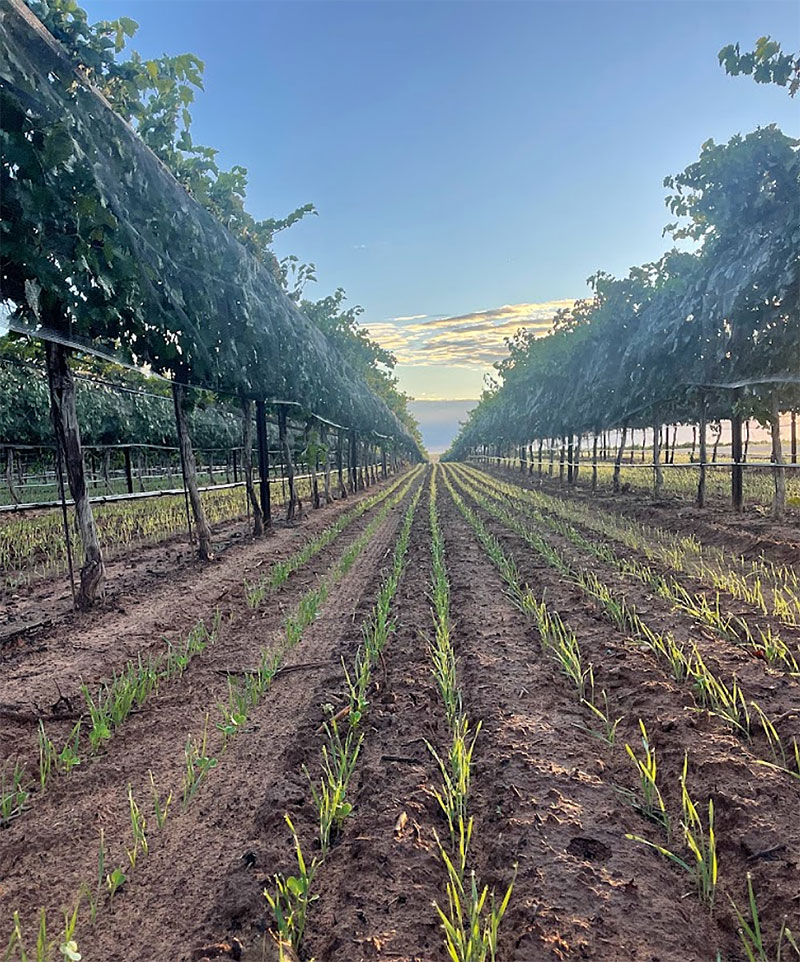
C.L. Butaud Desert Willow Mourvèdre 2021
Texas isn’t the first place that comes to mind when most people think about wine, especially “serious” high-quality wine. And yet, Texas is fifth in the nation in both wine production and consumption. The history of grape growing in the state goes back at least to the 1660s, when Franciscan monks planted Mission grapes adjacent to their missions.* Today, Texas is home to a number of American Viticultural Areas, or AVAs; the two most prominent are the Texas High Plains AVA around Lubbock in northwestern Texas, and the Texas Hill Country AVA in central Texas west of Austin.
In his 20s, Texas native Randy Hester left a frustrating career in Psychology and adolescent mental health, and began to search for his next path in life. His first real exposure to the world of wine came during his years in restaurant management, where he discovered he had a naturally talented palate. Randy eventually moved into wine sales and distribution where he became intrigued with winemaking, and felt compelled to create his own.
In 2006, at the age of 36, he and his wife Brooke headed to Napa Valley. Serendipitously, Brook secured the position of CFO at Patz and Hall, famous for vineyard-designated Chardonnays and Pinot Noirs. In short order, James Hall became Randy’s mentor, beginning the Hester’s 11-year sojourn in Napa, years that included stints at Cakebread Cellars, Colgin Cellars, Caldwell Vineyard, Realm Cellars, and Marciano Estate as well. Hester made the most of his time there, working the fields and wineries, talking to winemakers and growers, and touring vineyards, all while taking night classes at UC Davis and Napa College.

But the Hesters, both meticulous planners, always intended to return to Texas, which they did in 2017, founding the C.L. Butaud Winery in Austin. Rather than name the winery after himself, as is so often the case, C.L. Butaud [byu-tow] is an homage to Hester’s great grandfather, known as Frenchy, who exerted an early and positive influence on him as a boy.
 At the very beginning, the Hesters made a conscious decision not to farm, so Butaud has no vineyards of its own, aka estate vines. Instead, Hester utilizes 100 percent Texas-grown grapes from a network of trusted growers in the High Plains AVA. This allows him maximum flexibility to select fruit best suited to his philosophy of a clean approach to natural winemaking. He is both minimalist and experimental, while at the same time paying respect to the traditions of winemaking, and relies on his artistic instincts as well as the empirical data of fermentation science he has amassed.
At the very beginning, the Hesters made a conscious decision not to farm, so Butaud has no vineyards of its own, aka estate vines. Instead, Hester utilizes 100 percent Texas-grown grapes from a network of trusted growers in the High Plains AVA. This allows him maximum flexibility to select fruit best suited to his philosophy of a clean approach to natural winemaking. He is both minimalist and experimental, while at the same time paying respect to the traditions of winemaking, and relies on his artistic instincts as well as the empirical data of fermentation science he has amassed.
Although a winery of his own is due in the near future, Hester currently works on a Custom Crush business model. This is the idea of making wine in a facility with equipment and resources provided by the facility management team. It can be a great way to make wine without the overhead and capital investment of a dedicated winery.
Determined to produce wines to be taken seriously, Hester has avoided all of the Texas/cowboy/yee-haw clichés in the packaging and marketing of his products.
As of this writing, C.L. Butaud is producing 13 different wines from seven different vineyard sites, and crushes 80 tons of Texas fruit.
*For much more on the Franciscans and the Missions, click here.

C.L. Butaud Desert Willow Mourvèdre 2021
This wine is 100% Mourvèdre, a red-wine grape widely planted in Spain. The juice was aged on the lees for 15 months in five French oak barrels [83%] and one neutral French oak barrel [17%]. There was an additional 11 months of bottle aging before release.
The wine pours a fully transparent medium red. The nose features red cherry and spice. There is plenty of red cherry on the palate, backed up by hints of Sweetarts and a bit of smokiness. The medium tannins and acidity are in excellent balance. There is a bit of dark chocolate on the finish.
I don’t decant every wine I try, but I recommend it for this one. What it has to offer really becomes evident after about an hour in the decanter. ABV is 14.5%.
Always the experimenter, Hester also makes a white wine from Mourvèdre. Read about that here.
Return to blog posts: winervana.com/blog/
